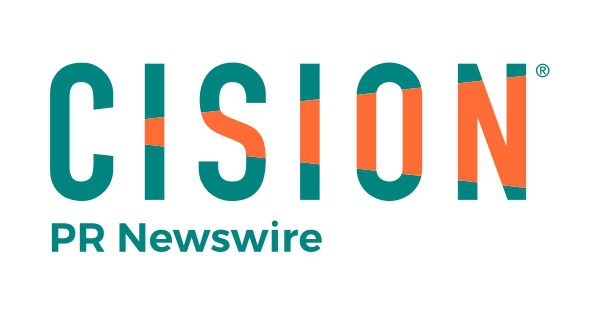HOME WORKS! was featured in an article on PR Newswire.
Initial Research Shows HOME WORKS! Is Making a Difference in Student Performance
ST. LOUIS, Mo. (November, 2016) – An independent study confirms what teachers, parents and students and administrators have been saying for years: HOME WORKS! is making a difference for St. Louis area students. HOME WORKS! is a non-profit organization that trains, supports, and helps pay teachers to make visits to the homes of children performing below grade level serving as a tool to engage parents in their children’s education. Last school year, 340 trained teachers made 3,645 home visits. The initial phase of the study, conducted by Concentric Research and Evaluation, finds that students who participated in the teacher home visit program scored better on standardized tests and had improved school attendance, key metrics of educational success.
The study examines school records for up to nearly 3,000 students attending four school districts in and around the St. Louis region for the 2014-2015 school year, and compares HOME WORKS! participants to similar, matched samples of non–HOME WORKS! students.
“While statistical matching has limitations, the findings are encouraging,” explains lead researcher, Dr. Lauren Scher.
HOME WORKS! Participants Had More Regular School Attendance
- Students who received one home visit were 13% less likely to miss two weeks or more of school compared to students receiving no visits.
- Students who received two home visits were 25% less likely to be frequently absent compared to students receiving no visits.
HOME WORKS! Participants Performed Better on Reading Assessments
- Students who received one home visit scored 5% higher on STAR reading tests than students receiving no visits
- Students who received two home visits scored 7% higher on STAR reading tests than students receiving no visits
“We have literally hundreds of comments from parents, students and teachers about the importance of this program, but we knew we needed more hard data,” explains Karen Kalish, Founder and CEO of HOME WORKS! “We wanted an independent study of the implementation of the teacher home visit program and its success with its ultimate goal of improving children’s academic achievement. These findings should be gratifying for the districts, schools, and teachers who have signed on to HOME WORKS!”
The initial study looked at a diverse pool of students in urban, suburban and rural school districts in Missouri including St. Louis Public Schools, The School District of University City, De Soto Public Schools and Columbia Public Schools. This diversity of settings demonstrates that home visitation can benefit all types of schools.
“There are many good things to look for in a program like this one,” Kalish says, “but it is important to stay focused on the primary goal of improving children’s academic achievement by giving parents the tools and strategies they need to promote learning at home and become more engaged in their child’s education”. Children in Missouri are in their school buildings less than 14% of the time each year. Schools can’t do 100% of the work of educating children in 14% of the time. Parents and families have an important role to play. And our hope is that HOME WORKS! is an intervention that can help them.”
While these results are encouraging, gaining buy-in to change the education process requires stronger evidence of program effectiveness. The next phase of the study is designed to provide that evidence. The independent research team is planning a rigorous study designed to enable direct comparisons of students in classrooms volunteering for the program, half of whom will be selected at random to implement HOME WORKS!. “This study will show more clearly whether HOME WORKS! caused student improvement, and establish reliable evidence of program effectiveness for educators and funders,” Kalish explains.

